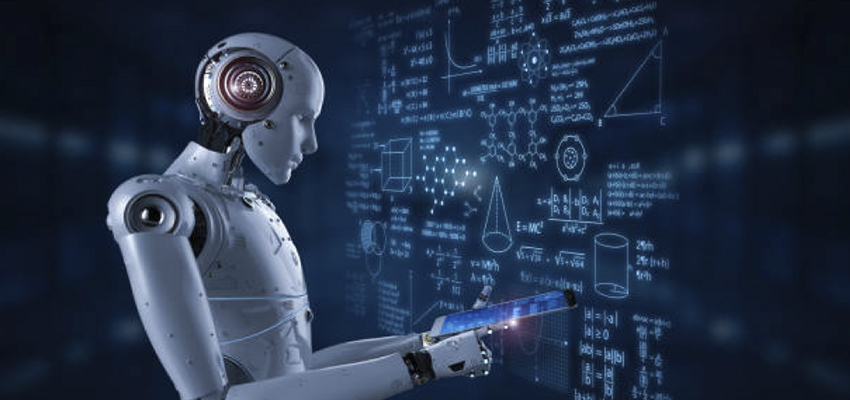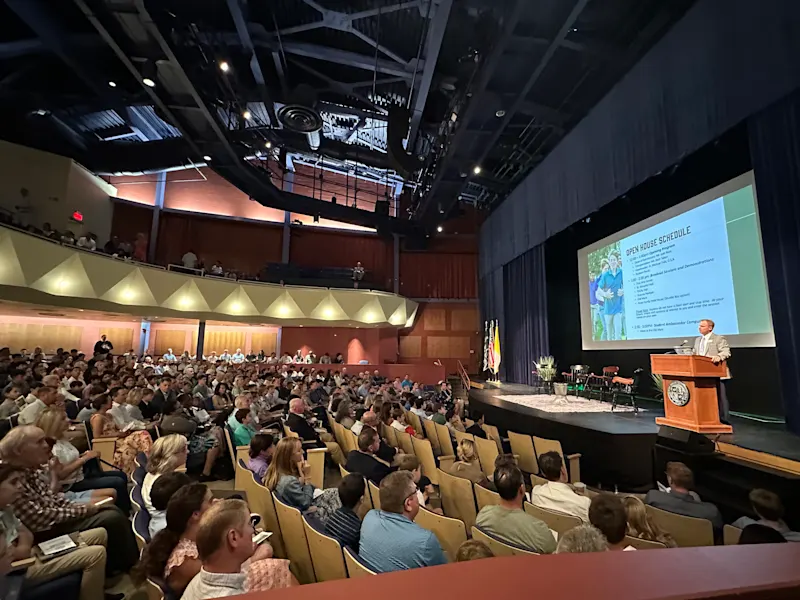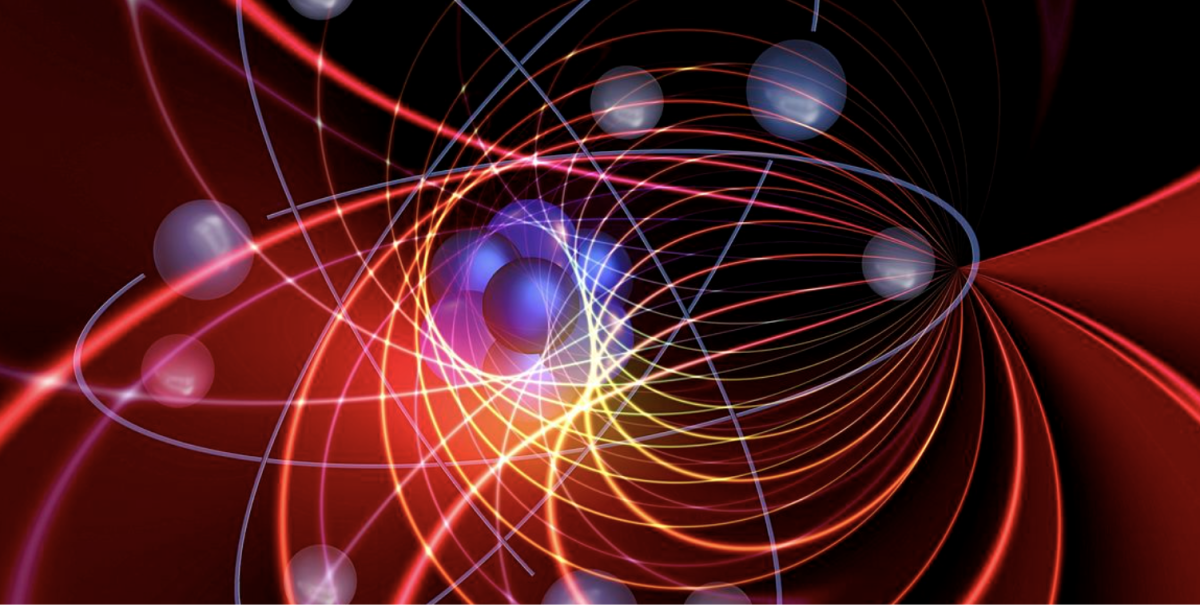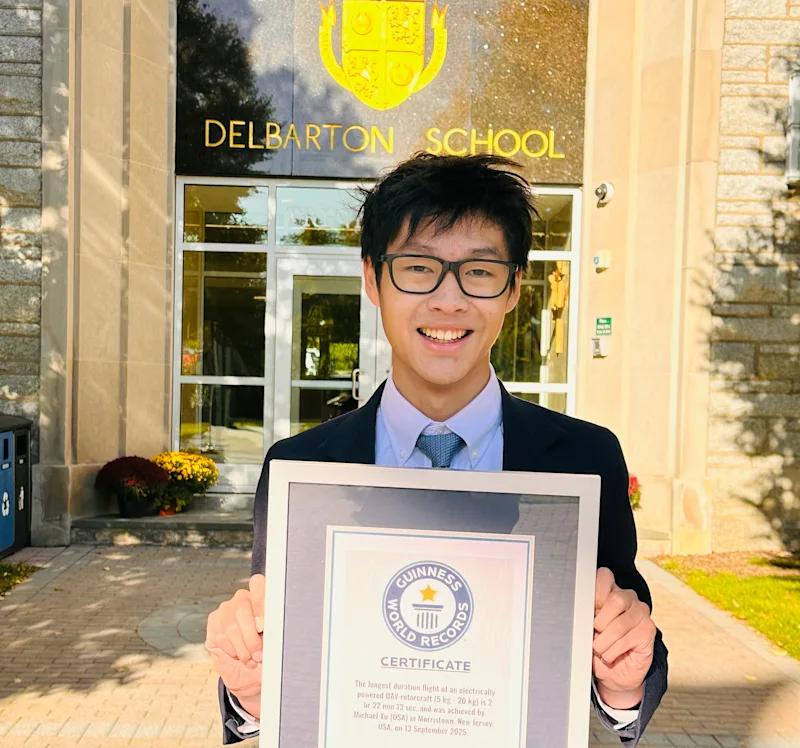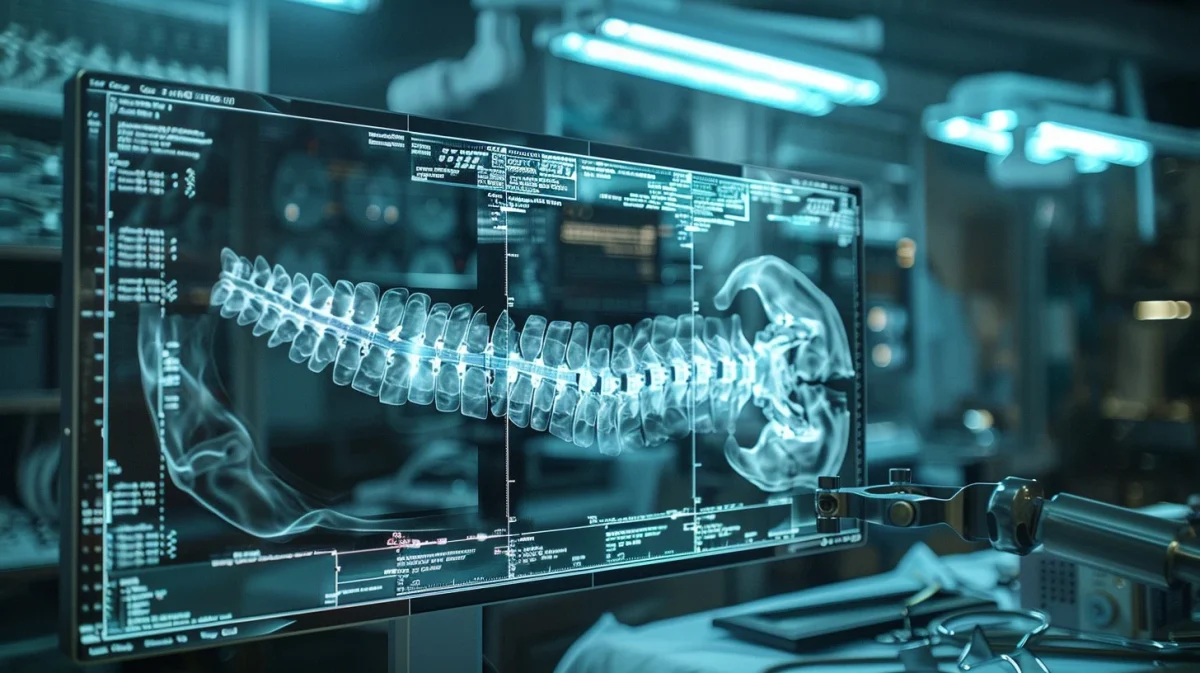In 2023, the Nobel Prize in Chemistry was awarded to professors Moungi Bawendi, Louis Brus, and Aleksey Yekimov for their discovery and development of “quantum dots”. Quantum dots are exceptionally tiny collections of atoms that can produce different colors based on their size and shape; as a result, they have been applied in nanotechnology in the use of LEDs. Recently, however, researchers at MIT have discovered an interesting quality of quantum dots concerning neutrons that may result in varying new applications in the technological world.
In the professional realm of physics, it has been agreed that there are four fundamental forces of nature: the gravitational, electromagnetic, strong, and weak forces. Neutrons generally stick together in an atom’s nucleus due to the strong force, which is only effective at very short distances. Previously, scientists have used a technique called “neutron scattering”, where they observe the deflection of neutrons off a material after firing a neutron beam to learn about the structure and properties of the material.
However, professors and graduate students from the Department of Nuclear Science and Engineering at MIT recently found that neutrons could actually simply be sticking to some substances rather than bouncing off. The researchers theorized that neutrons could actually stick to quantum dots, which, due to their already potent strong force, stabilized the neutrons as part of the particle. Through various computer simulations, the scientists calculated the plausible size and properties of such a molecule, although they have not been able to successfully reproduce this “neutronic molecule” in a lab. Thus, it remains hypothetical.
This discovery holds the potential to allow for more control over neutrons and the pre-atomic level in the future. By altering the properties of a quantum dot, scientists may be able to possibly aim and fire a neutron in the future, allowing for greater control over neutrons in experiments. By altering the nuclear spin of an atom through the manipulation of neutrons, they may be able to make advances in quantum computing and the quantum storage unit, the qubit. In addition, this idea may be used to develop more advanced imaging technologies by using neutrons to analyze element isotopes in different materials.
